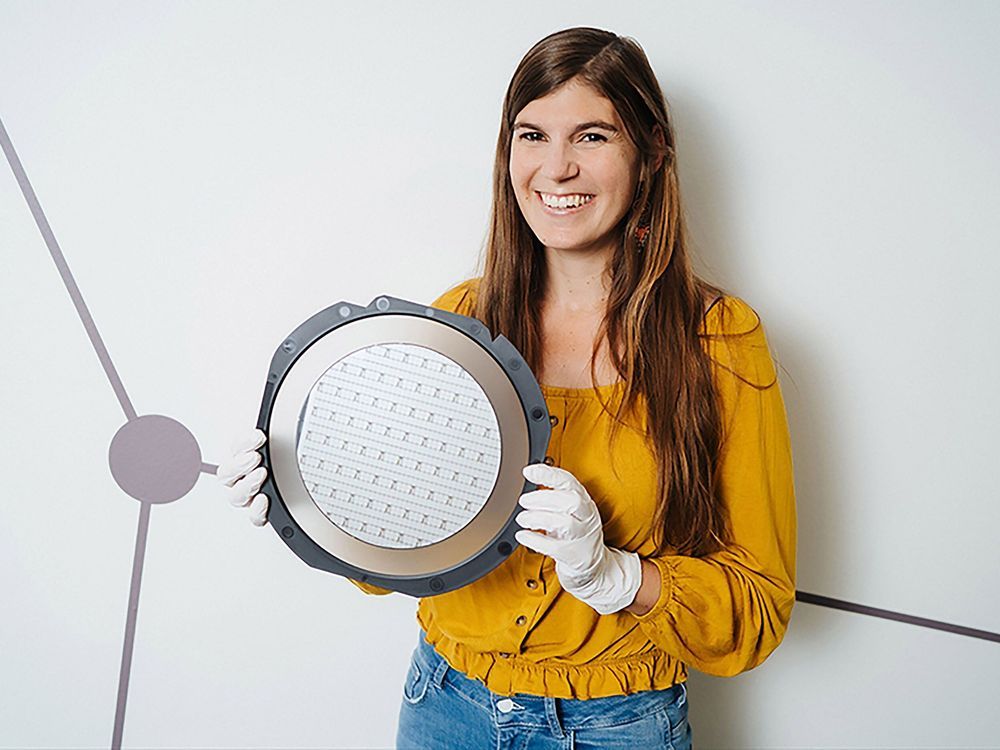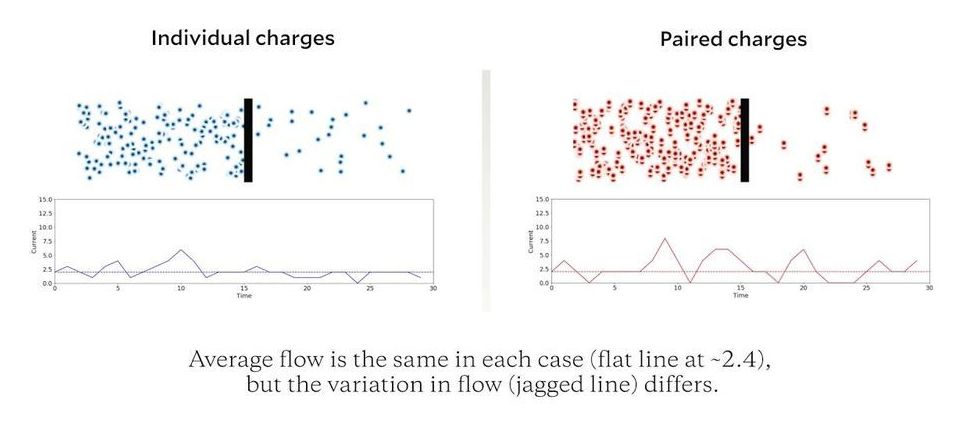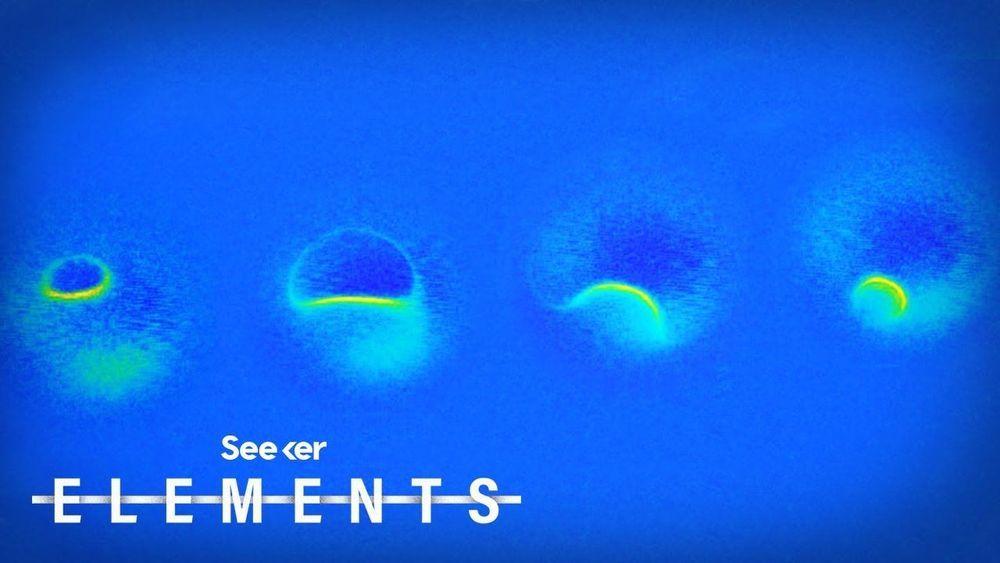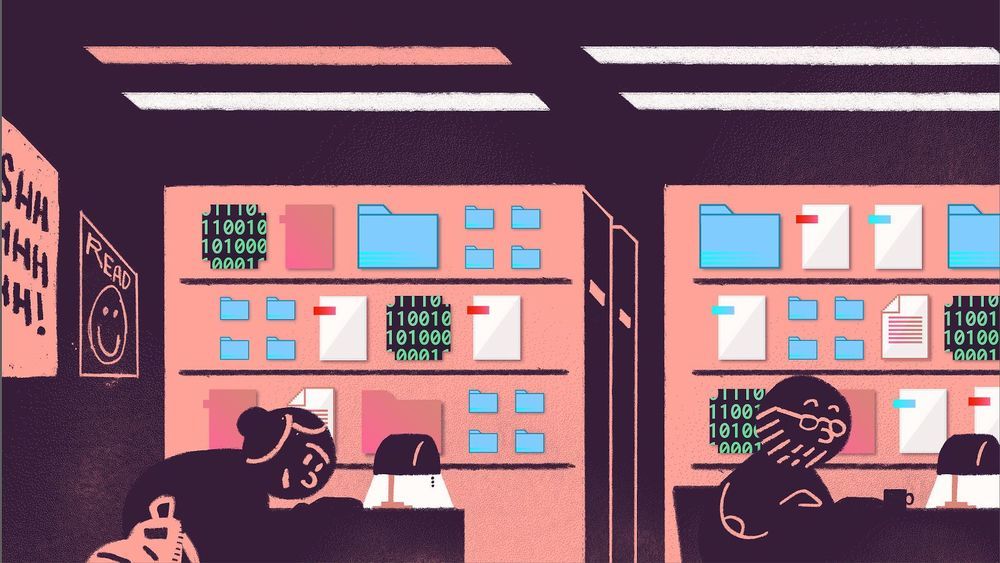Aug 23, 2019
Quantum radar has been demonstrated for the first time
Posted by Shane Hinshaw in categories: computing, encryption, quantum physics
One of the advantages of the quantum revolution is the ability to sense the world in a new way. The general idea is to use the special properties of quantum mechanics to make measurements or produce images that are otherwise impossible.
Much of this work is done with photons. But as far as the electromagnetic spectrum is concerned, the quantum revolution has been a little one-sided. Almost all the advances in quantum computing, cryptography, teleportation, and so on have involved visible or near-visible light.

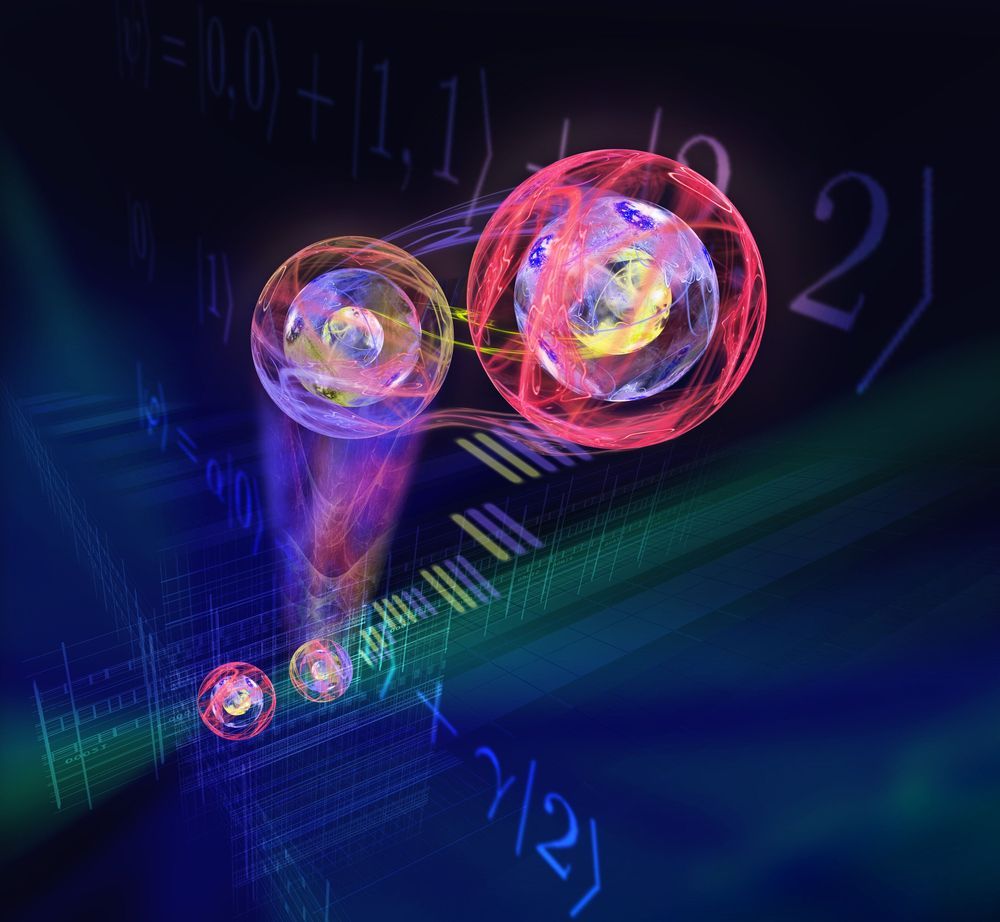

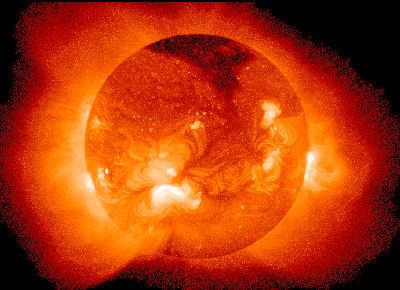 Last year, Pentagon mad science arm DARPA was working on one of its wildest projects yet: a microchip-sized nuclear reactor. The program is now officially done, the agency says. But these sorts of far-out projects have a habit of being reemerging under new managers and new names.
Last year, Pentagon mad science arm DARPA was working on one of its wildest projects yet: a microchip-sized nuclear reactor. The program is now officially done, the agency says. But these sorts of far-out projects have a habit of being reemerging under new managers and new names.
